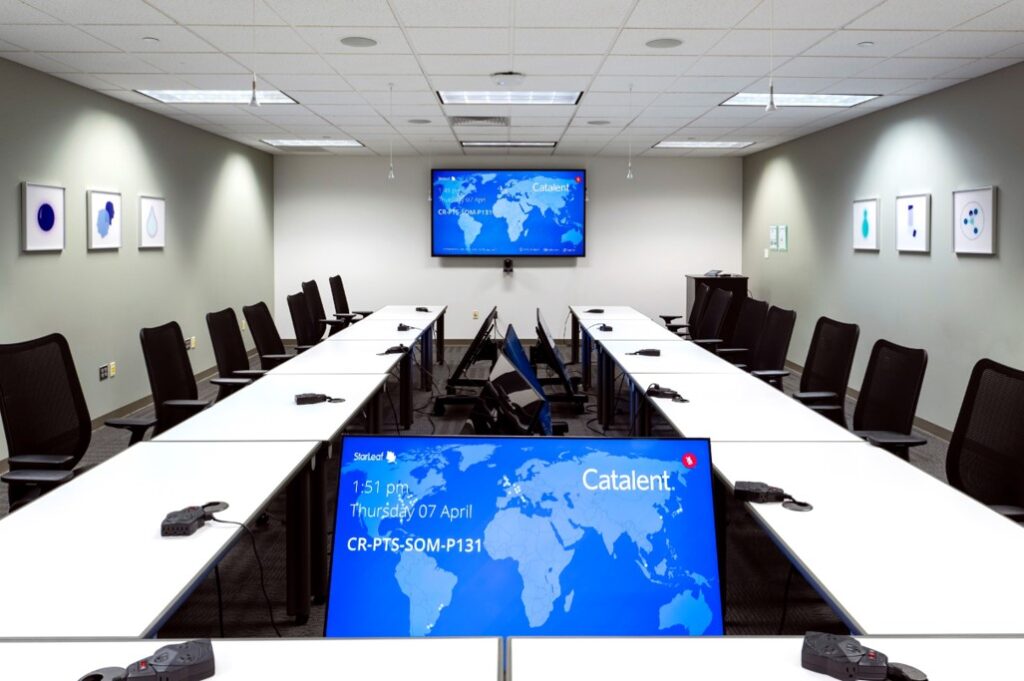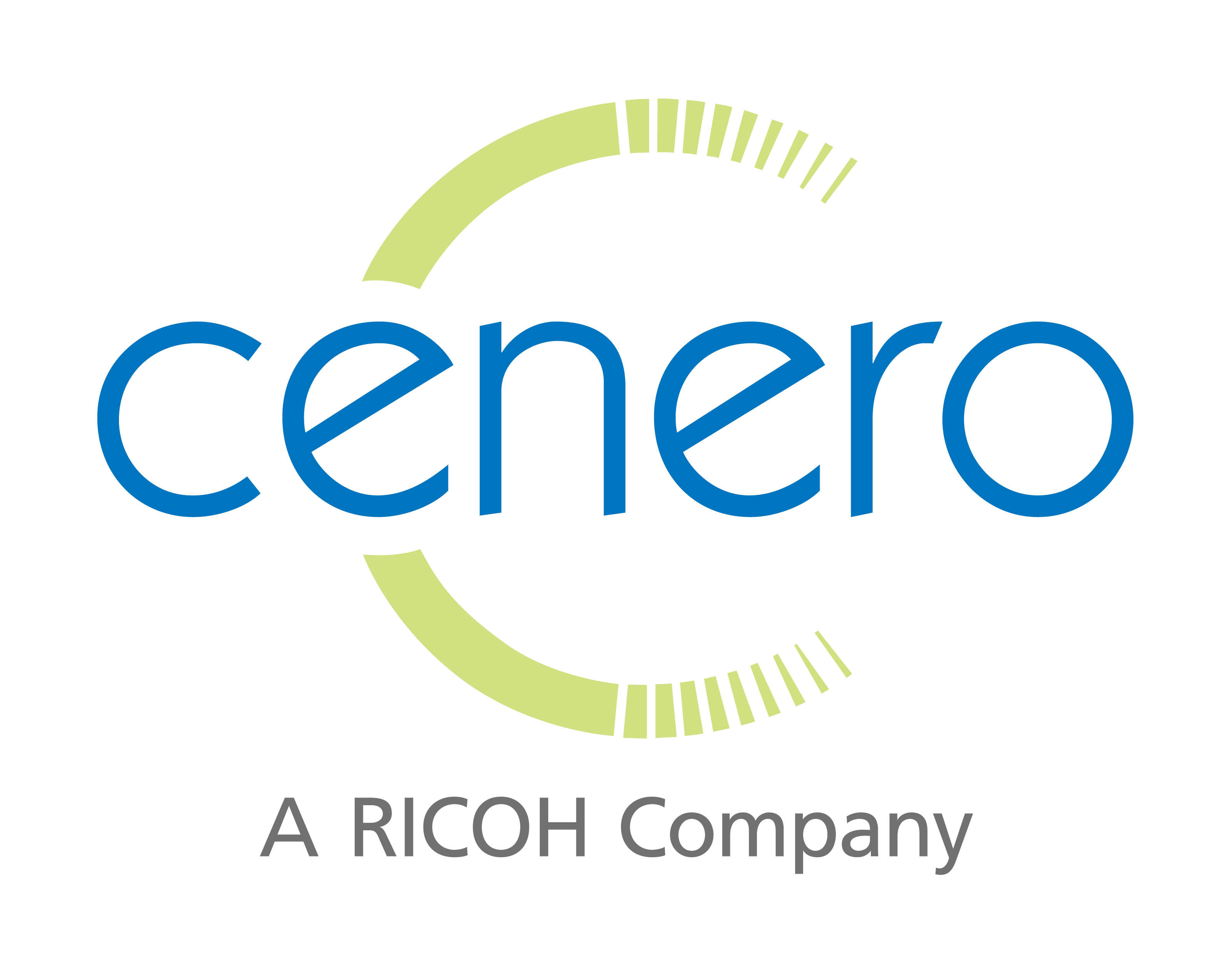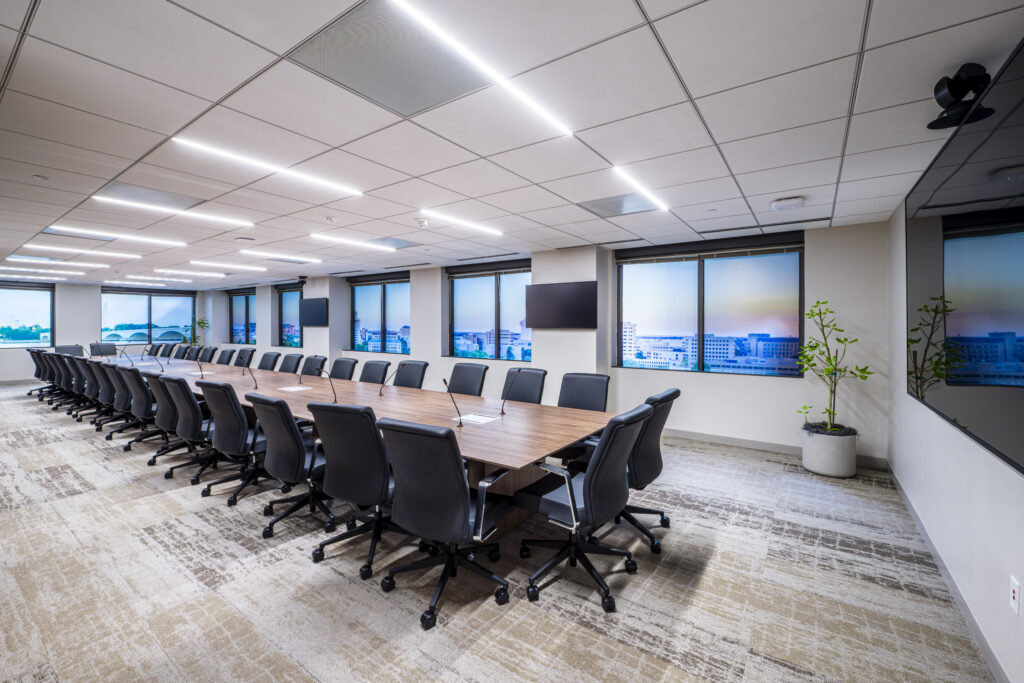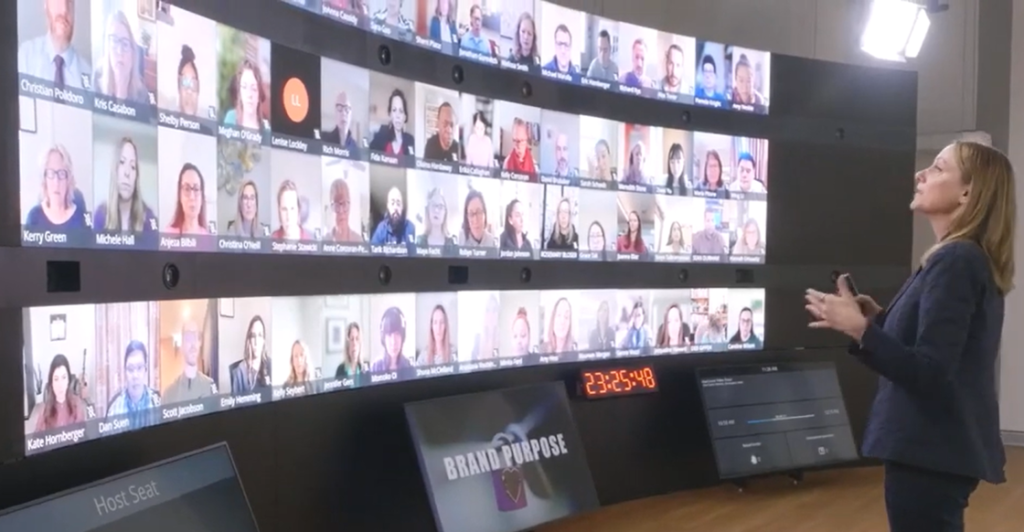CASE STUDY: Catalent
New Collaboration Standards Simplify the Meeting Experience
Situation
Catalent, the leading global provider of delivery technologies for pharmaceuticals, biologics and consumer health products, needed simple ways for employees in different offices to connect and collaborate with each other as well as with remote participants. The company had many different types of meeting spaces across all of their offices and all of the rooms in each location were set up differently – there were not standards in place and the type of technology solution varied by office. This often meant that people in a meeting room in one office location did not have the ability to connect with people in meeting rooms in other locations. Catalent needed a partner who could work with them to develop cohesive standards that could be implemented in every meeting room in every office to allow for simplified collaboration across the organization.
Solution
Catalent decided to partner with AV expert Cenero to create and implement collaboration technology standards for all office locations. Incorporating the same solution for every meeting space in every office provided employees with easy-to-use collaborative technology that allowed for simplified interactions among remote teams. “In the past, we often would see people struggling with the technology in meeting spaces, the meeting experience for most was frustrating at best,” said Joe Montano, Director of Customer Experience at Catalent. “Not being able to work together effectively had a great impact on productivity, and this impact of ineffective meeting spaces only increased during the pandemic.”
Due to the pandemic, Catalent implemented a hybrid working model, with 30% of employees working on a flex schedule while others worked entirely remote. During this transition, Catalent also pivoted to using Teams and Zoom as a way to facilitate communication among remote teams. Effective meeting space technology became an even more critical component of every day interactions, as people needed easy ways to connect in-office and remote participants.
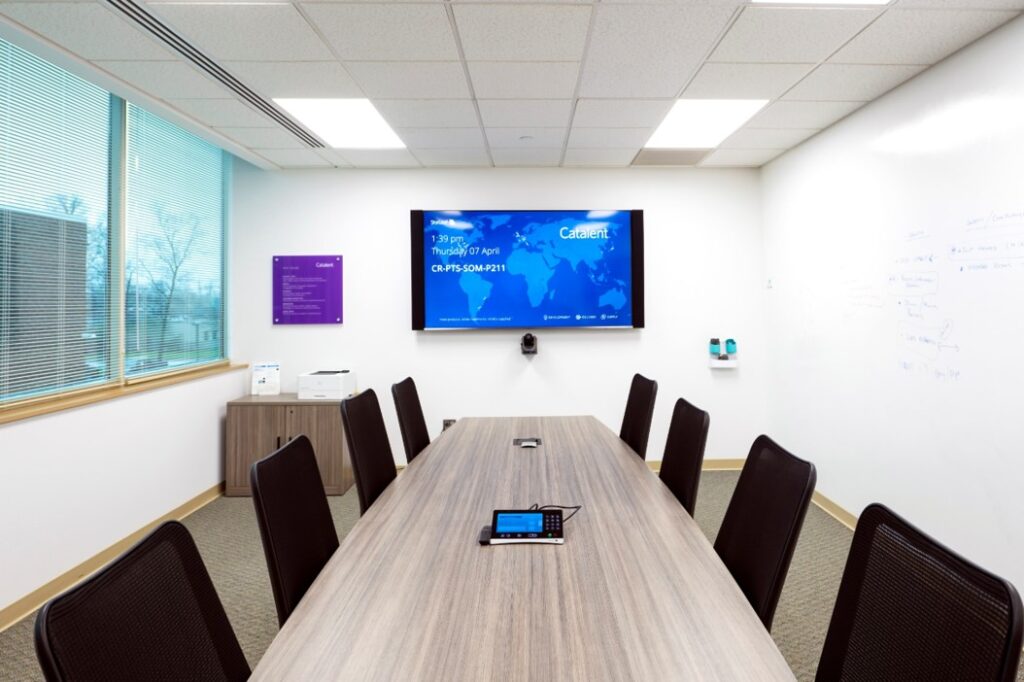
Creating Standards for Improved Collaboration
The new standards meant every room in every location would work the same way, people could walk into a room and easily connect and collaborate with remote participants using intuitive, user-friendly technology. Cenero simplified the workflow for meetings, so all employees would just need to push one button to launch a meeting. “Now, employees can walk into a room, hit the big green button on the tablet and the meeting starts,” said Montano. “Not only is this simple and intuitive, but it also is set up to be the same for every meeting space across the organization. This translates into an improved meeting experience for all employees.” Creating standards also simplified the support process. With consistent technology across rooms, the service and support processes can be the same, so there are less issues with meeting spaces not working when needed.
Standardized Training Increases Tech Adoption
“Another benefit to having consistent standards across meeting spaces is how easy it is to train people on the collaboration technology,” said Montano. “Because the experience is the same in all locations, Cenero was able to create training materials, videos and Quick Start Guides that we can use across the organization.” The videos feature quick tips to starting a meeting, presenting wirelessly using Teams and Zoom, meeting controls and other helpful information that everyone in the company can easily reference. Employees are able to quickly become comfortable using the technology, helping to increase adoption and drive usage. Every office now uses the training materials, and the Quick Start Guides have been translated into six languages for Catalent’s global locations.
Cenero also put together a Standards document, detailing the technology and room set up for each type of meeting space, to ensure every office had the information needed when implementing the new standards. “Cenero has truly been a partner to us, helping design and implement clear standards for all of the different types of meeting spaces that we use every day,” said Fernandes. “They worked with us to consider our goals, the types of meetings we have and then recommended the best type of collaboration solution to facilitate improved interactions during those meetings.”
